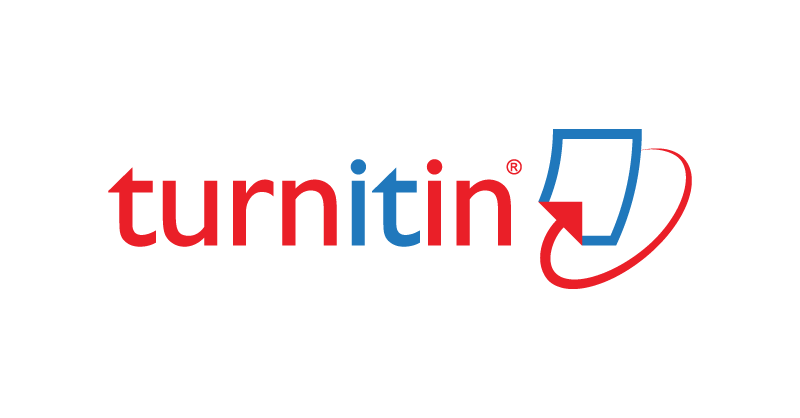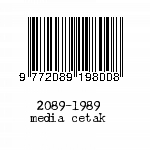Strategi Pengembangan Industri Pariwisata (Studi Kasus Objek Wisata Pulau Rukui Kabupaten Aceh Tamiang)
Abstract
The study aims to determine the tourism industry development strategy on Rukui Island of Aceh Tamiang Regency. The population is tourist visitors, Regional Development Planning Agency, and Tourism, Youth and Sport Office. The analysis method uses SWOT. The results show that the main strength factor is that the community supports the government in developing tourism objects; the weakness is that the facilities are not yet available (public toilets and lounging huts); the opportunity is that this tourist attraction is able to encourage economic activity, create jobs for the surrounding community, the number of tourists who want to visit Rukui Island; and, the threat is the lack of awareness of tourists to maintain cleanliness. The recommended strategies are to increase promotion through various print and electronic media; improve facilities, infrastructure and supporting infra-structure; government and private investors joint together to create new innovations; and, the government cooperates with the community to provide socialization and guidance so as to improve the quality of human resources.
References
Badan Pusat Statistik. (2019). Data objek wisata di Kabupaten Aceh Tamiang. BPS Kabupaten Aceh Tamiang.
Bahiyah, C., Riyanto, W. H., & Sudarti, S. (2018). Strategi Pengembangan Potensi Pariwisata di Pantai Duta Kabupaten Probolinggo. Jurnal Ilmu Ekonomi, 2(1), 95-103. Retrieved from: http:// 202.52.52.22/index.php/jie/article/view/6970.
Brandão, F., Breda, Z., & Costa, C. (2019). Innovation and internationalization as development strategies for coastal tourism destinations: The role of organizational networks. Journal of Hospitality and Tourism Management, 41(December), 219-230. doi: 10.1016/ j.jhtm.2019.10.004.
Dinas Pariwisata, Pemuda dan Olahraga Kabupaten Aceh Tamiang. (2020). Daftar kunjungan wisatawan ke objek wisata Pulau Rukui Kabupaten Aceh Tamiang tahun 2019. Dinas Pariwisata, Pemuda dan Olahraga Kabupaten Aceh Tamiang.
Khayyati, E., & Nourani, S. (2014). Strategic planning for tourism development using S.W.O.T model – Case study: Borjlou tourist village in Ardebil. MAGNT Research Report, 2(6), 12-21. Retrieved from: http://brisjast.com/wp-content/ uploads/2015/06/Nov-2-2014.pdf.
Khotimah, K., Wilopo & Hakim, L. (2017). Strategi pengembangan destinasi pariwisata budaya (Studi kasus pada kawasan Situs Trowulan sebagai pariwisata budaya unggulan di Kabupaten Mojokerto). Jurnal Administrasi Bisnis (JAB), 41(1), 56-65. Retrieved from: http://administrasi bisnis.studentjournal.ub.ac.id/index.php/jab/article/view/1657.
Latuconsina, O. C. H., Syaukat, Y., & Siregar, H. (2013). Strategi pembiayaan terhadap pengembangan pariwisata berbasis masyarakat di Kota Ambon. Jurnal Manajemen Pembangunan Daerah, 5(2), 62-75. doi: 10.29244/ jurnal_mpd.v5i2.24640.
Luturlean, B. S., Sukmadi, Kalsum, E. R. U., Maulina, L., & Arifin, D. (2019). Strategi bisnis pariwisata. Humaniora.
Mustika, A., & Aditya, M. K. (2018). SWOT analysis of rural tourism development: Case study of Kampung Tajur, Purwakarta. Advances in Economics, Business and Management Research (AEBMR), 52(2), 19-28. doi: 10.2991/ ICTGTD-18.2018.3.
Papageorgiou, A. N. (2019). Developing a Sufficient and Effective Coastal Tourism Model. TOLEHO: Journal of Tourism, Leisure and Hospitality, 1(1), 29-34. Retrieved from: https:// dergipark.org.tr/tr/download/article-file/812488.


















